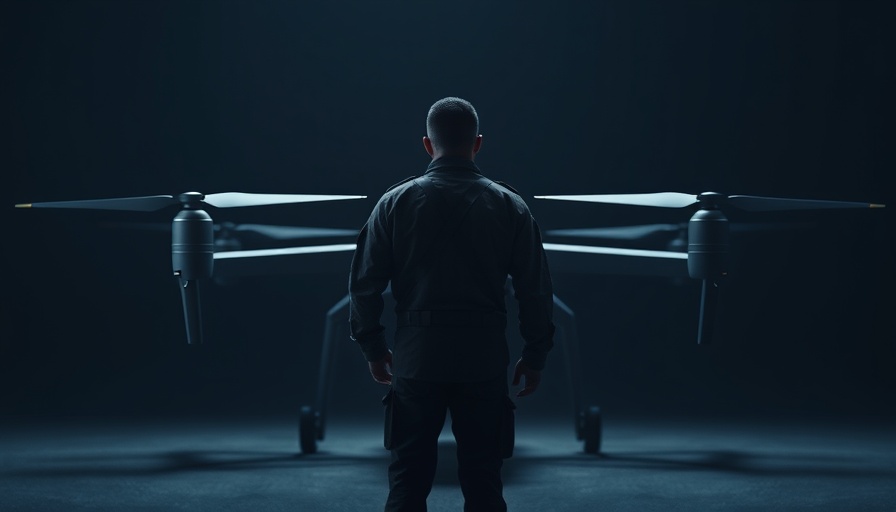
Ukraine's Strategic Drone Attacks Targeting the Oil Industry
In a decisive move against Russia's formidable $189-billion oil industry, Ukraine has ramped up drone and missile strikes aimed at disrupting the heart of the Russian economy. The focus is on oil facilities, aiming not only to diminish Russia's revenue streams but to deliver a potent psychological blow. Such attacks are critical as they undermine the resources available for military actions against Ukraine.
The Impact of Attacks on Oil Infrastructure
Recent attacks reportedly targeted significant oil facilities, with Ukrainian forces using advanced munitions like Storm Shadow cruise missiles. This strategic approach signifies a shift in Ukraine's military tactics, seeking to leverage technology and precision strikes to shift the balance of power. “Attacking key economic infrastructures is a calculated strategy,” explains military analyst Irina Dubinina, highlighting how such measures can hasten peace negotiations by crippling Russia's war chest.
Why Target Oil Facilities?
The oil industry plays a pivotal role in Russia's economy, funding its military operations. Disrupting this sector could serve multiple purposes: lower military spending, increase public pressure within Russia, and potentially sway global sentiment against the ongoing war. The operations also align with Ukraine's efforts to defend its sovereignty while demonstrating that they can reach deep into enemy territory.
Challenges of Deep Strikes
While the initial results of these strikes may seem promising, experts caution that they may not yield long-term strategic advantages. Ukrainian military officials note that Ukraine struggles to capitalize on the disruptions caused by airstrikes effectively. Michael Kofman, a senior fellow at the Carnegie Endowment, states, “Both sides have found it challenging to overcome well-prepared defenses.” This reflection resonates through the observers of the ongoing conflict, reiterating the complexities of modern warfare.
Future Warfare: Technology's Role
As warfare continues to evolve, the incorporation of advanced technology, especially in drone warfare, appears to be pivotal. The capacity for deep strikes offers insights into how future conflicts might unfold, where economic targets become essential focal points in military strategy. However, the critical question remains: can Ukraine effectively maintain this offensive momentum and shift the balance of power?
 Add Row
Add Row  Add
Add 




Write A Comment